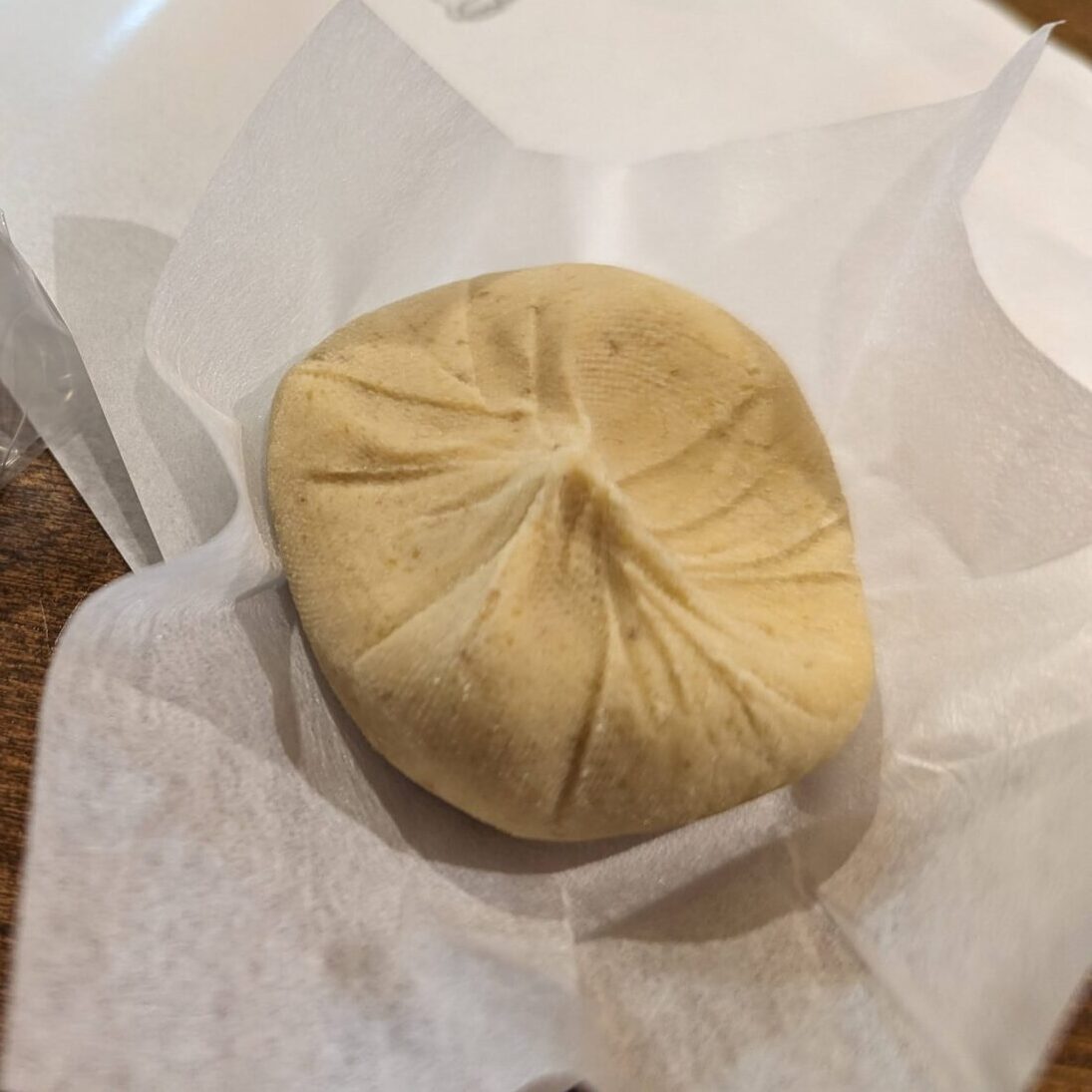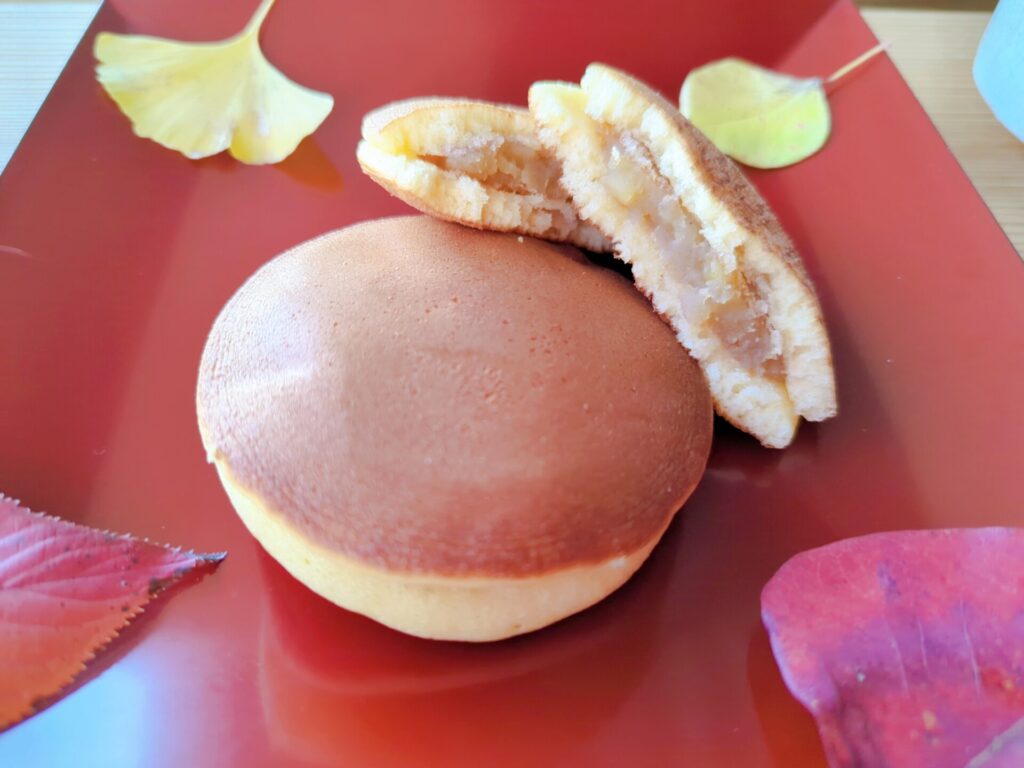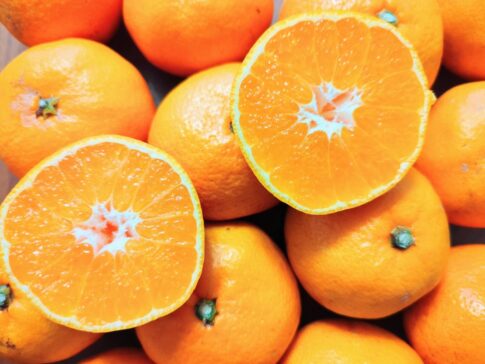Although it is winter according to the seasonal calendar, most of us living on the mainland, named Honshu, feel it is still autumn during November.
This period is often called the “autumn of harvest” as many delicious foods just harvested become available. Chestnuts, persimmons, pumpkins, autumn fish, and other autumn foods are all over supermarkets and dining tables, stimulating our appetites!
Of all autumn foods, chestnuts are one of my favorites.

I remember when I was a child, I used to pick a chestnut from a colander full of just-boiled chestnuts, split it in half with a knife, and scoop out the contents with a spoon, then eat.
These days, I don’t really see chestnuts sold in heaps. Perhaps, it is because fewer people cook them at home.
Chestnuts, however, have captured gourmands’ attention as the star of autumn sweets.
Unlike European, American, and Chinese chestnuts, Japanese chestnuts are slightly larger and have a rather light flavor, making them perfect for sweetening with sugar and making them into sweets.
In addition, Wagashi (Japanese confectioneries) values the sense of season, so sweets using chestnuts, representative of autumn, are sold like a competition during this season.
For example:
栗きんとん Kuri-kinton: sweetened chestnuts rolled by a cloth (approx. 3cm wide)

栗ようかん Kuri yohkan: red bean paste and sweetened chestnuts which were hardened with agar

栗どら焼き Kuri-Dorayaki: A Japanese pancake with sweetened bean paste and chestnuts inside

I can’t decide which one to choose…shall I eat them all?
There is a saying that goes, “天高く馬肥ゆる秋(Autumn is the season when the sky is high and the horses get fat)” which truly captures it well.

Dorayaki is a favorite of Doraemon who is a Japanese famous anime character! When you come to Japan, please try it out!












My name is Mari. I am a native Japanese living in Japan. I am writing about 365 stories of Japanese daily life and culture etc. based on my experiences and perspectives.
#002 story is about “Autumn of Harvest”.